Copycat cannabis: 5 plants experts say could bring cops to your door in NC

RALEIGH, N.C. (WNCN) — While the state’s first medical marijuana dispensary opened earlier this year, the practice of cultivating the plant at home remains illegal in North Carolina.
For anyone with nosy neighbors or who just don’t want to drum up any suspicions with law enforcement, the experts with Secret Nature say you may want to steer clear of these plants, based on their similar appearances—and odors.
First medical marijuana dispensary in NC opens as lawmakers debate statewide legalization
1. Cassava
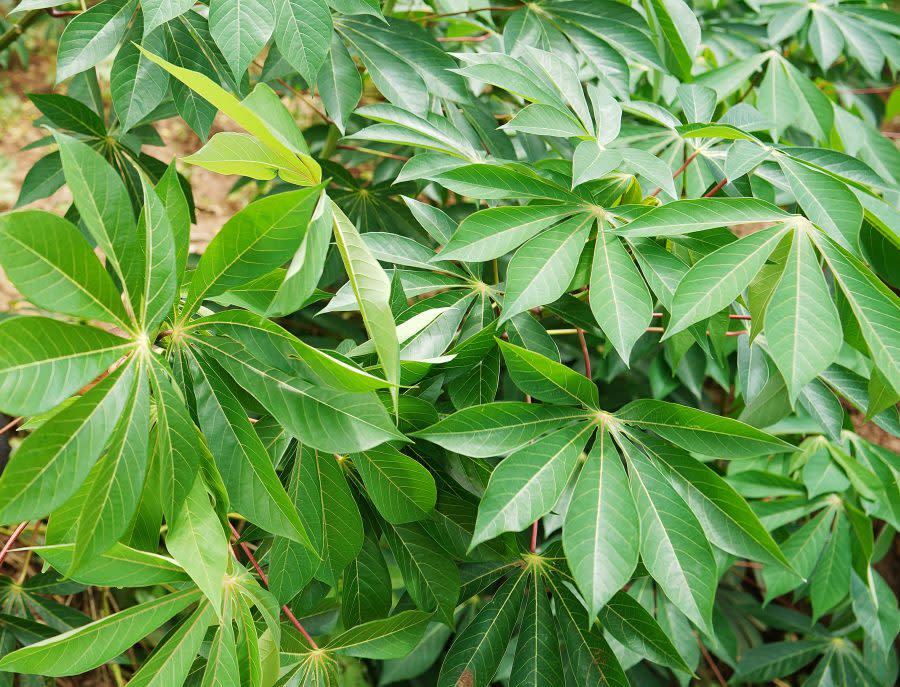
Possibly one of the closest in physical appearance to the cannabis plant is the cassava, also known as “yuca” or “manioc.” It’s a starchy plant that is a staple in Brazilian cuisine and is frequently used to make flour and bread.
Cassava leaves, just like cannabis, grow in a palmate shape from the stem and contain seven leaflets, which mirrors the structure of many cannabis plants that are classified as Indica.
2. Hemp agrimony a.k.a. ‘Holy Rope’
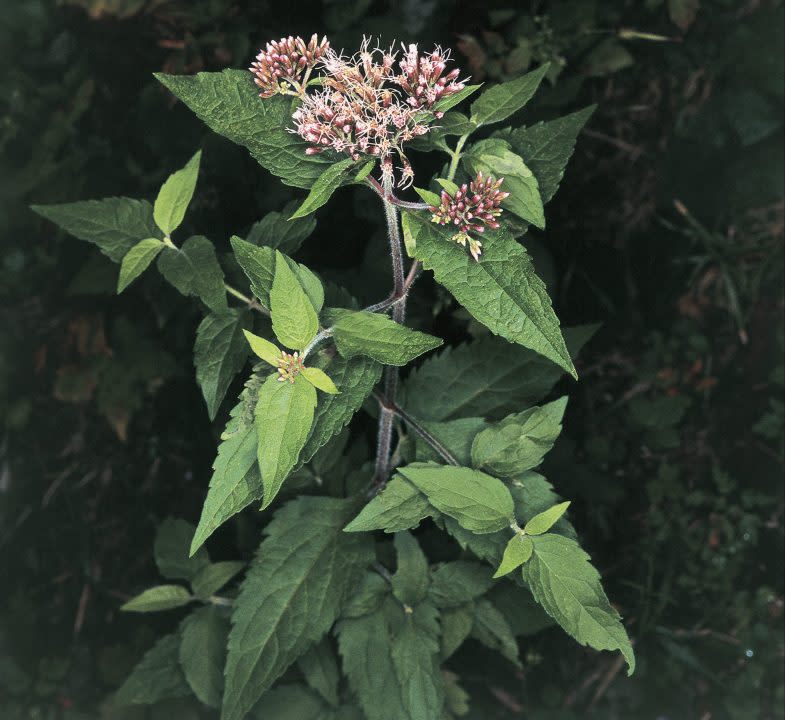
Believe it or not, this funny-named plant is part of the daisy family and can grow in gardens across the United States. Similar to cassava, this plant also has a striking green color to it with pointy leaves and can be mistaken for cannabis plants that are classified as Sativa.
Despite its name and appearance, hemp agrimony is completely unrelated to hemp and cannabis and that becomes a bit more obvious once it blooms its pinkish-purple flowers.
3. Coral Plant
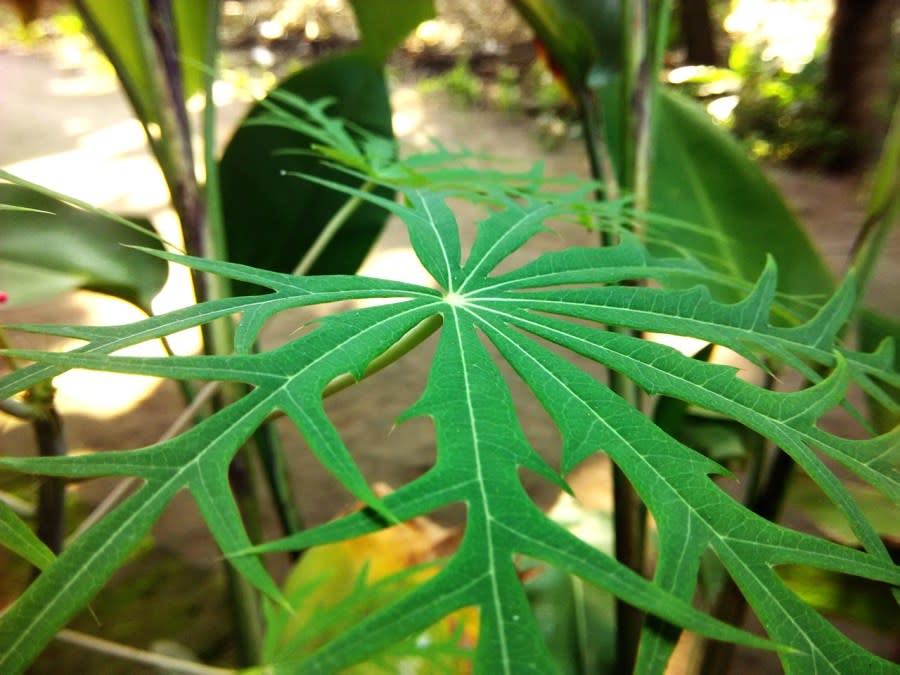
If you want to be fancy, you can call this one jatropha multifida. It’s a small evergreen shrub that’s more native to Mexico and central America with showy coral-colored flowers. It’s the leaves, before those buds bloom, that may cause a double-take of the plant.
4. Kenaf
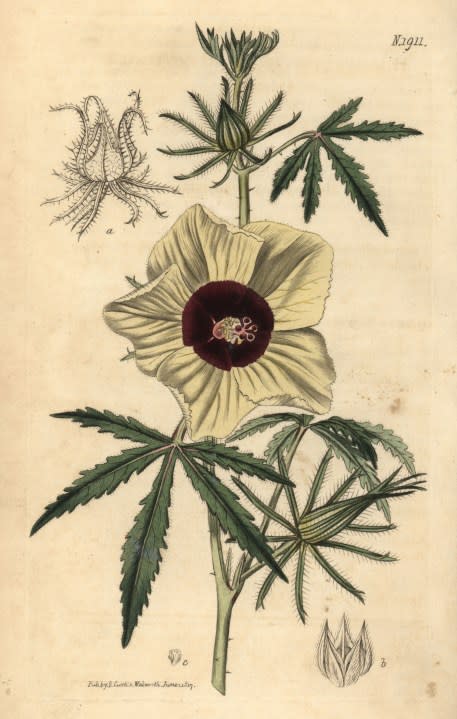
In its early growth stages, Kenaf bears a similar resemblance to cannabis and does not have a pleasant odor. It’s also a plant that loves a warm, humid home between 60 and 90 degrees, so it’s not a very viable option for the northern U.S. states.
The star pattern of its leaves grows in groups of six and seven leaves and also has the palmate shape. However, it’s a dead giveaway that this is not in fact in the cannabis family as soon as it produces its yellow and scarlet-colored flowers.
5. Chaste Tree a.k.a. ‘Monk’s pepper’
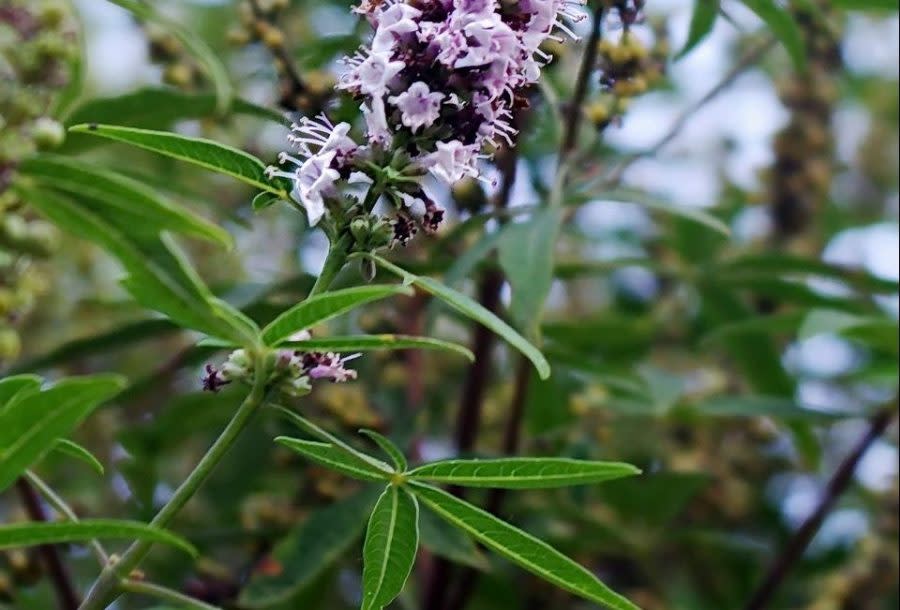
Well, there’s no easy way to transition to the unique history of this plant as it was used as an anaphrodisiac in ancient times. Similar to kenaf, it’s only mistaken for cannabis in its immature stages—but it is a plant that would be well-suited to just about any garden in the U.S.
Once it’s all grown up, the Chaste Tree is easy to distinguish by not only its flowers but also the clusters of berries it starts to produce.
What to do after finding cannabis or similar-looking plants on your property
Experts say cannabis is rare to find growing “feral” or wild, but for those who do stumble upon it, they say the best thing to do is “simply dispose of it without fuss.”
As for the rest of the plants that look a lot like it, it’s solely up to the property owner if they want to do away with them since there’s no law against them.
On one hand, doing so would likely rid any confusion or suspicions. Then again, it could be a fun social experiment to see if you’d ever have the chance to explain what Holy Rope and Monk’s Pepper are to someone.
Copyright 2024 Nexstar Media, Inc. All rights reserved. This material may not be published, broadcast, rewritten, or redistributed.
For the latest news, weather, sports, and streaming video, head to CBS17.com.

